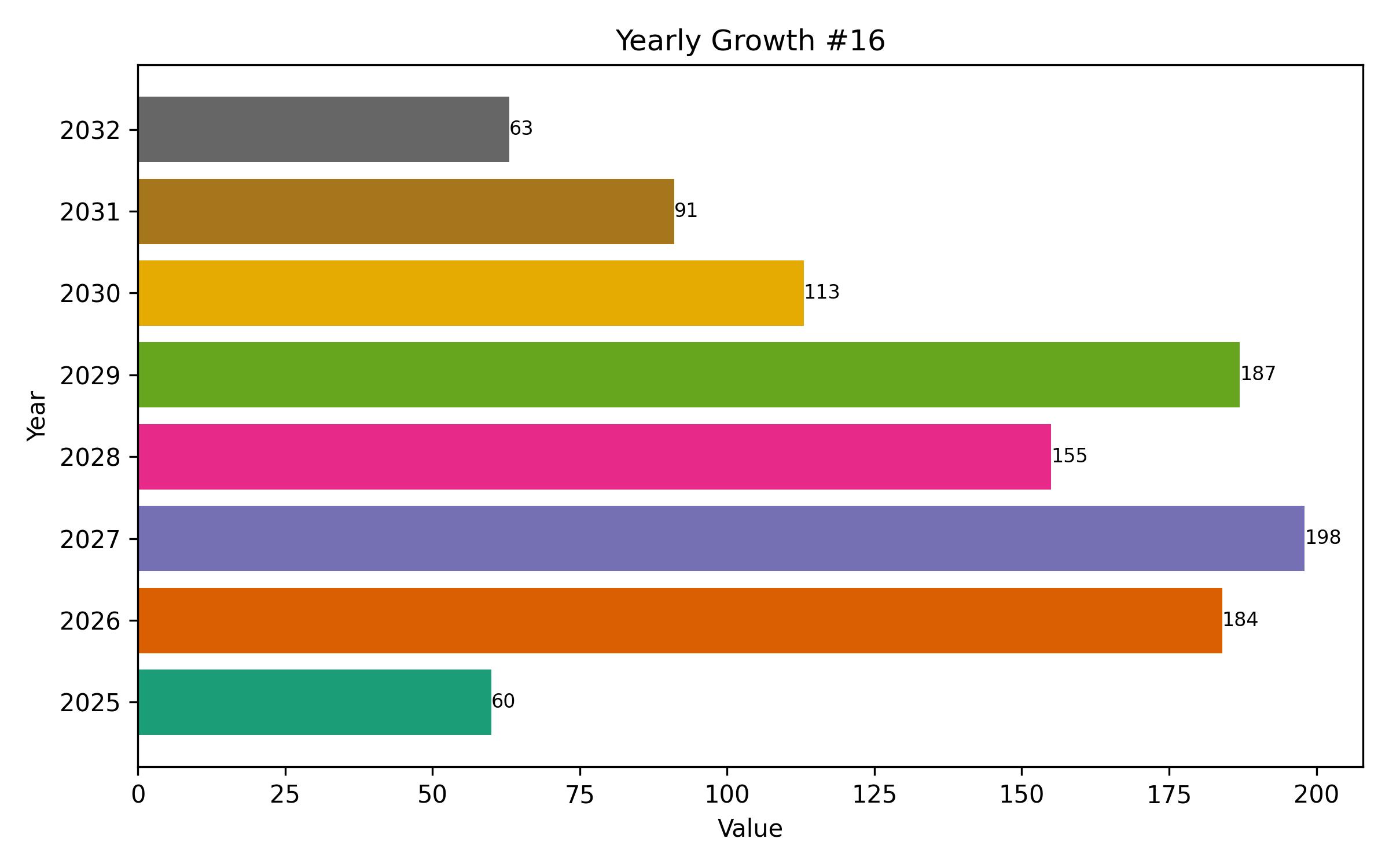Global Protein Powder Market Outlook: Analysis of Growth Drivers, Key Trends, and Revenue Opportunity Through 2035
Overview:
The global protein powder market is poised for considerable expansion, expected to reach USD 28.8 billion by 2025. Projections indicate a robust growth trajectory, with a compound annual growth rate (CAGR) of 7.5% anticipated between 2025 and 2035, pushing the market size to an estimated USD 59.9 billion by the end of the forecast period. This upward trend is primarily fueled by a growing global focus on health and wellness.
Consumers are increasingly incorporating protein supplements into their daily routines for a variety of health objectives, such as supporting muscle recovery, aiding in weight management, and ensuring adequate nutritional intake. The rising popularity of fitness activities and organized sports across different demographics further contributes to the sustained high demand for these products.
Innovation in product formulation, particularly the surge in plant-based protein options like pea, soy, and rice, is significantly influencing market dynamics. This diversification appeals to a broader base of consumers, including those following vegan or vegetarian diets and individuals with lactose intolerance, broadening the market beyond traditional dairy-based proteins.
Beyond ingredients, the market is seeing rapid advancements in product forms and packaging designed for convenience. Ready-to-mix powders and single-serve packaging formats are gaining traction. Leading brands are also innovating by incorporating functional ingredients such as vitamins, adaptogens, and probiotics to enhance product appeal and utility for a range of consumption occasions.
| Attributes | Description |
|---|---|
| Estimated Global Protein Powder Industry Size (2025) | USD 28.8 billion |
| Projected Global Protein Powder Industry Value (2035) | USD 59.9 billion |
| Value-based CAGR (2025 to 2035) | 7.5% |
The market is shifting from a niche product for bodybuilders to a mainstream dietary supplement, significantly increasing its consumer base. Many prominent brands are emphasizing transparency in sourcing and production, along with adopting sustainable practices. This includes using organic protein sources and implementing recyclable or biodegradable packaging solutions, resonating strongly with environmentally conscious consumers.
The protein industry continues its strong expansion, driven by heightened consumer knowledge regarding well-being, physical condition, and dietary needs. Advances in product development, including plant-derived and natural options, are altering market patterns and attracting consumption across varying demographic groups. With evolving eating preferences and a strong emphasis on personal wellness, the sector is positioned for significant expansion, creating opportunities for manufacturers to address changing global consumer preferences.
Examining the semi-annual performance reveals a consistent upward trend. The first half of the 2025-2035 period is projected to grow at a 7.4% CAGR, with a slight acceleration to 7.5% in the second half, demonstrating positive market momentum and increasing consumer engagement. This indicates growing demand and increased diversification in product offerings.
Market concentration shows a tiered structure. Dominant players like Optimum Nutrition and Herbalife Nutrition hold Tier 1 status with strong brand recognition and extensive product lines. Tier 2 includes brands like Orgain and Vega, which have significant market presence through unique formulations and targeted consumer segments. New entrants and niche providers form Tier 3, focusing on innovation and direct-to-consumer models like Naked Nutrition and KOS, leveraging digital platforms for growth.

| Report Attribute | Details |
|---|---|
| Market Size in 2025 | USD 28.8 billion |
| Revenue Forecast for 2035 | USD 59.9 billion |
| Growth Rate (CAGR) | 7.5% from 2025 to 2035 |
| Base Year for Estimation | 2024 |
| Historical Data | 2019 – 2024 |
| Forecast Period | 2025 – 2035 |
| Quantitative Units | Revenue in USD million/billion and CAGR from 2025 to 2035 |
| Report Coverage | Revenue forecast, company market share, competitive landscape, growth factors, and trends |
| Covered Segments | Type, Source, Flavor, Distribution Channel |
| Regional Scope | North America, Europe, Asia Pacific, Latin America, MEA |
| Country Scope | USA, Germany, China, Japan, India, UK, Canada |
| Key Companies Analyzed | Optimum Nutrition, Herbalife Nutrition, MyProtein, Orgain, Vega, Naked Nutrition, KOS, Premier Protein, OWYN, Gainful, Vital Proteins, Huel, Ka’Chava |
| Customization Options | Free report customization (up to 8 analysts working days) with purchase. Changes to country, regional, and segment scope |
| Pricing and Purchase Options | Customizable purchase options for tailored research needs |

Report Coverage & Deliverables
- Market Trends And Dynamics
- Competitve Benchmarking
- Historical data and forecasts
- Value/Volume analysis
- Company revenue shares and key strategies
- Regional opportunities
This is an indicative segmentation. Please request a sample report to see detail segmentation of this market.
Detailed Market Segmentation
- By Type
- Whey Protein
- Casein Protein
- Soy Protein
- Pea Protein
- Rice Protein
- Other Plant-Based Proteins
- Blended Proteins
- By Source
- Animal-Based
- Plant-Based
- By Flavour
- Chocolate
- Vanilla
- Strawberry
- Unflavored
- Other Flavors
- By Distribution Channel
- Online Retail
- Specialty Stores
- Supermarkets/Hypermarkets
- Pharmacies/Drugstores
- Other Channels
- By Region
- North America
- Europe
- Asia Pacific
- Latin America
- Middle East and Africa
Table of Content
- Executive Summary
- Market Overview
- Key Market Trends
- Growth Determinants and Restraints
- Market Value Projection 2019-2024 and Forecast 2025-2035
- Market Volume Projection 2019-2024 and Forecast 2025-2035
- Market Analysis by Type
- Market Analysis by Source
- Market Analysis by Flavor
- Market Analysis by Distribution Channel
- Market Analysis by Region
- North America Market Analysis
- Europe Market Analysis
- Asia Pacific Market Analysis
- Latin America Market Analysis
- Middle East and Africa Market Analysis
- Country-Level Analysis
- Competitive Landscape
- Key Players Profiling
- Strategic Recommendations
- Research Methodology
